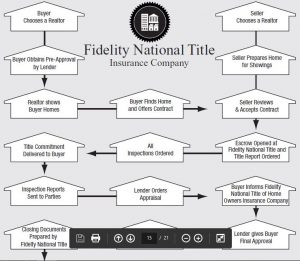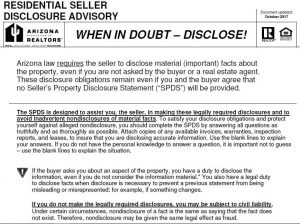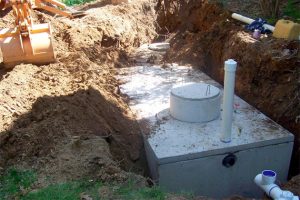 If one party is in breach of the real estate purchase contract, the other party must issue a cure notice and allow the breaching party 3 days to correct the breach. The day after the cure notice is delivered is counted as day 1. Days are calendar days, with weekends and holidays also counting as days. If the purchase contract breach has not been corrected during the 3-day cure period, then the non-breaching party may cancel the contract and/or proceed against the breaching party in any claim or remedy that the non-breaching party may have in law. Any purchase contract breach requires a cure period be issued before any cancellation by non-breaching party or compensation to non-breaching party (such as forfeiture of earnest deposit by breaching party).
If one party is in breach of the real estate purchase contract, the other party must issue a cure notice and allow the breaching party 3 days to correct the breach. The day after the cure notice is delivered is counted as day 1. Days are calendar days, with weekends and holidays also counting as days. If the purchase contract breach has not been corrected during the 3-day cure period, then the non-breaching party may cancel the contract and/or proceed against the breaching party in any claim or remedy that the non-breaching party may have in law. Any purchase contract breach requires a cure period be issued before any cancellation by non-breaching party or compensation to non-breaching party (such as forfeiture of earnest deposit by breaching party).
The Cure Period Notice is a document used to issue a cure notice regarding non-compliance of the purchase contract. The non-breaching party should complete the form, clearly describing the breach, sign the form and deliver to breaching party. This meets the terms of the purchase contract, which requires a written notice of breach and allows for a 3-day cure period. Written notice must be provided for the 3-day cure period to begin. If no written notice is given by non-breaching party then there is no consequence to the breach.
Is email considered a form of issuing a cure period notice? No. For proper constructive notice, compliant party must deliver to non-compliant party the completed and signed Cure Period Notice form, plus it is a very good idea to also copy the title/escrow company at the same time (to serve as proof of issuance).
 Here is how a typical 35-day purchase contract closing timeline may look for buying a home in Phoenix, AZ:
Here is how a typical 35-day purchase contract closing timeline may look for buying a home in Phoenix, AZ: Deed is a document used to legally transfer title voluntarily from one person to another. The party giving the deed is the grantor and the party receiving the deed is the grantee. When a deed is recorded in the public record, it serves as written evidence of the titleholder’s ownership rights to a property.
Deed is a document used to legally transfer title voluntarily from one person to another. The party giving the deed is the grantor and the party receiving the deed is the grantee. When a deed is recorded in the public record, it serves as written evidence of the titleholder’s ownership rights to a property. What is SPDS?
What is SPDS? A septic system is used to treat wastewater from a home whenever property is not connected to a sewer line. Septic tanks vary in size (often will hold about 1500 gallons of wastewater), are typically burried 18 to 24 inches below surface, are clearly marked with an identifying pole and should not be driven over or parked on. Septic systems in Arizona also are surrounded by either a leach field or sit on top of a leach pit, to further allow for effluence from the septic tank.
A septic system is used to treat wastewater from a home whenever property is not connected to a sewer line. Septic tanks vary in size (often will hold about 1500 gallons of wastewater), are typically burried 18 to 24 inches below surface, are clearly marked with an identifying pole and should not be driven over or parked on. Septic systems in Arizona also are surrounded by either a leach field or sit on top of a leach pit, to further allow for effluence from the septic tank.